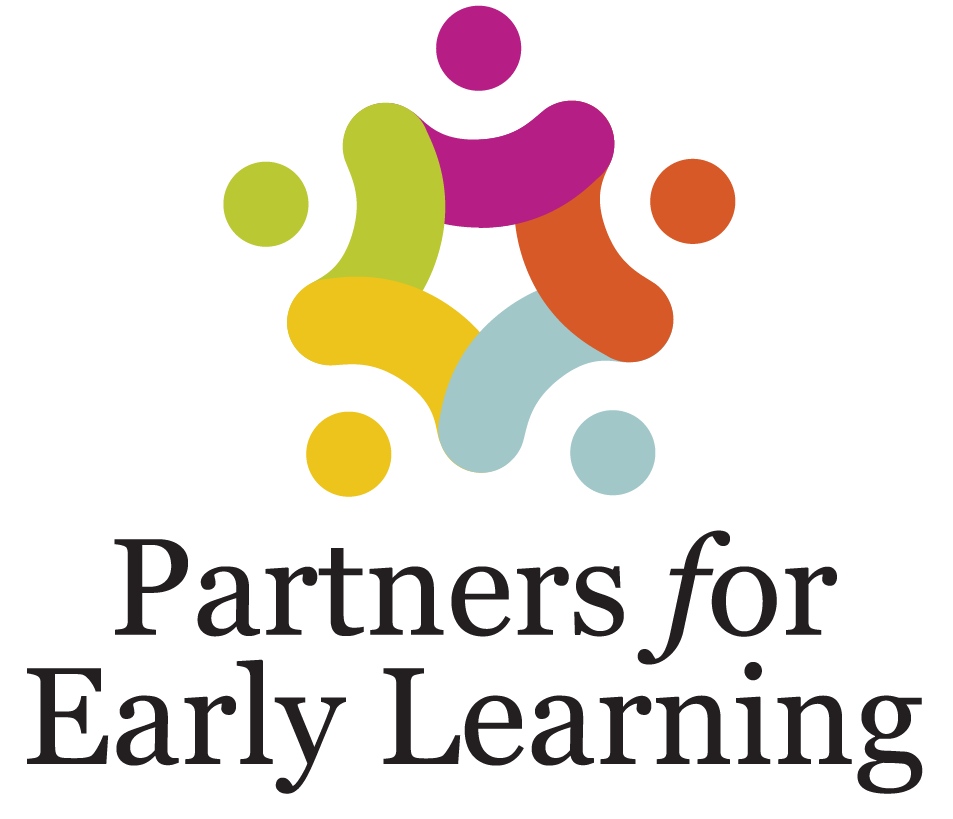Physical
Physical Milestones For Your Child

Physical: Overview (0-6 Months)
Physical development includes everything from the growth of the five senses–vision, hearing, touch, taste, and smell–to a child’s overall ability
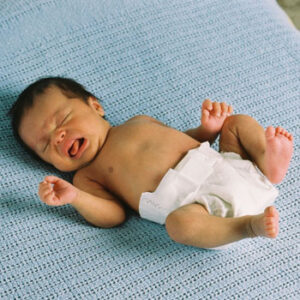
Touch: Feels Pain (0-1 Month)
It was once believed that premature newborns could not feel pain. Today, however, researchers have located specific pathways in the
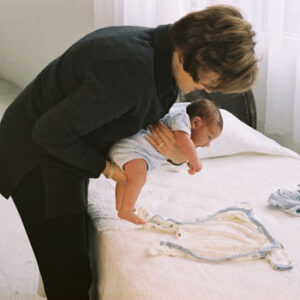
Vision: Color Vision Is Limited (0-1 Month)
Newborns do see the world in some color, but they have trouble discriminating blues from greens and reds from yellows.
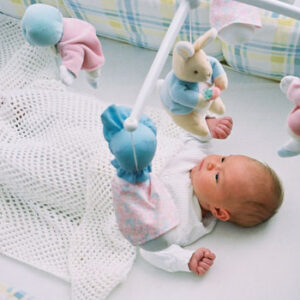
Can Take Swipes at Dangling Objects with Hands (1-5 Months)
In their first month or two, babies attempt to reach for dangling toys or other interesting objects (this is called
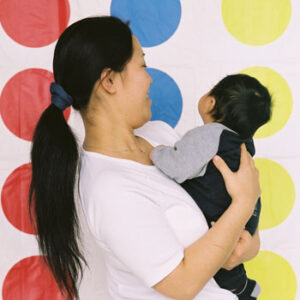
Vision: Attracted to High-Contrast Patterns or Edges (0-2 Months)
Several experiments show that babies will turn toward patterns with high contrast and away from simple patterns with little contrast.
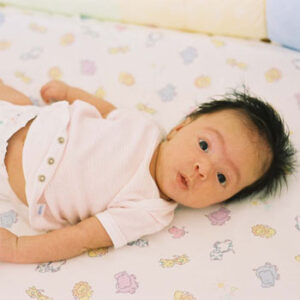
Vision: Focuses on Objects from 8 to 15 Inches Away (0-2 Months)
Babies are born with limited vision, but soon after birth, they can focus on objects about 8 to 15 inches
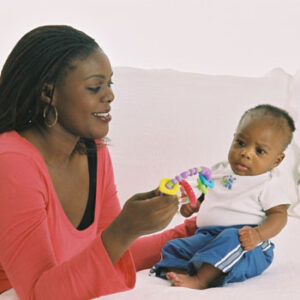
Vision: Tracks Slowly Moving Objects (0-2 Months)
Although vision is limited at first, moving objects catch newborns’ attention. Babies are likely to track an object with their eyes
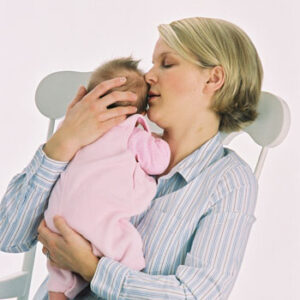
Hearing: Well-Developed, except for Very Quiet Sounds (0-3 Months)
Even before birth, babies have been shown to respond to sound stimuli within a limited range of sound frequencies. At
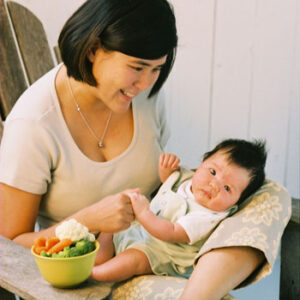
Smell: Prefers Sweet Smells over Bitter or Acidic Smells (0-3 Months)
Newborns are attracted to the smell of breastmilk, and experiments show that they will vigorously turn away from bitter or

Smell: Recognizes Scent of Mother’s Breastmilk (0-6 Months)
Young babies are attracted to the scent of their mothers’ breastmilk and prefer it to other women’s milk. In one
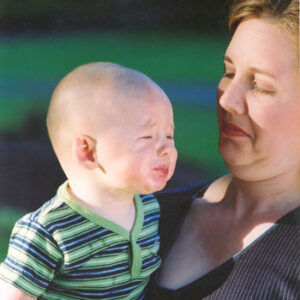
Taste: Prefers Sweet over Bitter Tastes (0-3 Months)
Infants are born with some basic taste preferences. In one research study, babies would suck faster and stronger for sweet
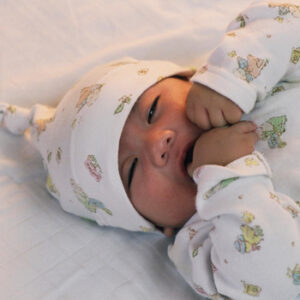
Displays Rooting and Sucking Reflexes (0-4 Months)
Babies are born with a variety of innate reflexes. The rooting reflex prompts a baby to turn his head from
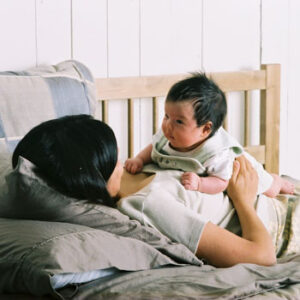
Can Raise the Head from a Prone Position (0-2 Months)
Soon after birth, most babies can raise their heads for brief periods when lying prone (on their stomachs). This is
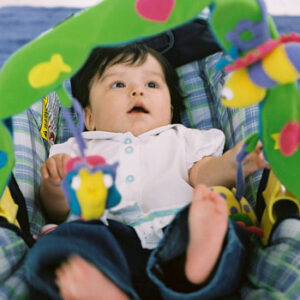
Vision: Can Discriminate among Basic Colors (1-5 Months)
Infants soon after birth have limited color vision, and they have trouble discriminating blues from greens and reds from yellows.
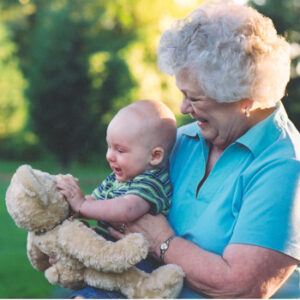
Vision: Can Focus on Objects up to 3 Feet Away (1-5 Months)
By the end of a baby’s first month, she can focus briefly on objects up to three feet away. Over
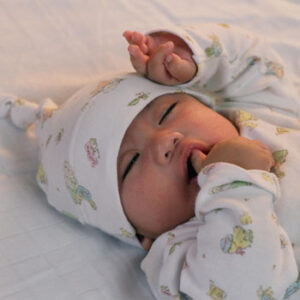
Brings Hand to Mouth (1-3 Months)
During the first few months of life, babies persistently attempt to bring their hands to their mouths but have not
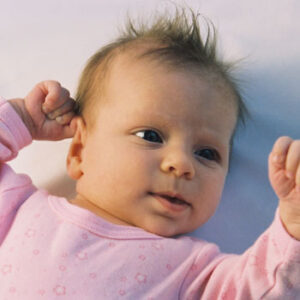
Opens and Shuts Hands (1-3 Months)
During the first 3 months of life, babies’ hands and arms develop rapidly. Initially, their hands are often tightly clenched
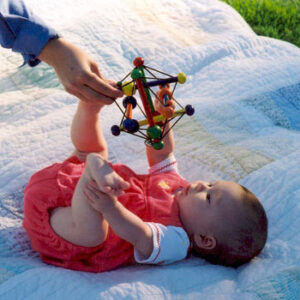
Grasps and Shakes Hand Toys (1-4 Months)
Between their first and third months of life, babies gain the skills to grasp and shake hand toys; they may
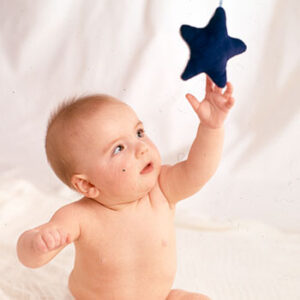
Vision: Can Use Movement to Identify Objects (1-5 Months)
One of the challenges babies face is discriminating against separate objects from what surrounds them. Experiments have shown that by
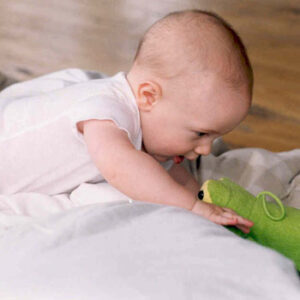
Touch: Can Distinguish between Lumpy and Smooth Objects with Mouth (1-7 Months)
Within their first few months, babies can integrate some types of sensory information. One experiment showed that babies can match
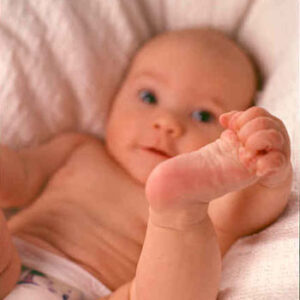
Can Reach Voluntarily for Things (3-6 Months)
In their early months, infants may reach for things, but these early attempts (called pre-reaches) are generally uncoordinated swipes at
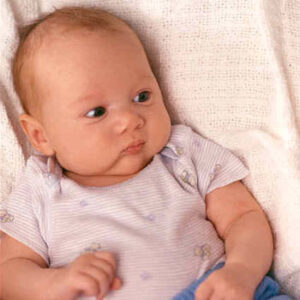
Vision: Depth Perception Begins to Develop (3-7 Months)
Babies as young as 2 to 3 months have shown some form of depth perception. One method researchers have used
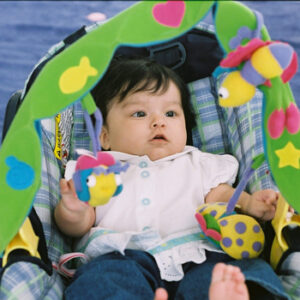
Vision: Develops Full-Color Vision (4-7 Months)
Color vision doesn’t fully develop until about four months. After four months, babies can distinguish between even closely related colors,
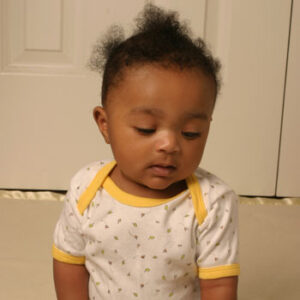
May Sit Easily without Support (5-7 Months)
Babies’ growing curiosity and abilities lead them to try new things, so parents and caregivers should arrange the environment to
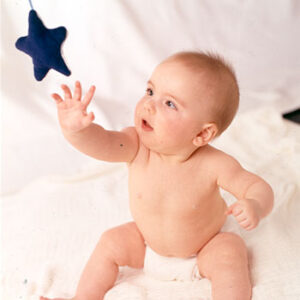
Can Reach Out and Grasp Moving Objects (5-8 Months)
Around 5 months, most babies become more skilled in their reaching and grasping attempts. This includes the ability to grasp
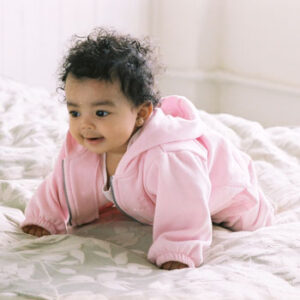
Physical: Overview (6-12 Months)
Between 6 and 12 months, babies reach many important milestones. Most can sit without support and eventually become mobile, from
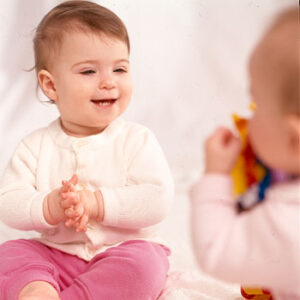
Can Sit Alone (7-10 Months)
At this age, most babies are stable and can sit for longer periods of time. This is a major achievement,

Crawls Forward on Belly (8-10 Months)
Between 8 and 12 months of age, babies are in constant motion. They arch their necks to investigate their surroundings when
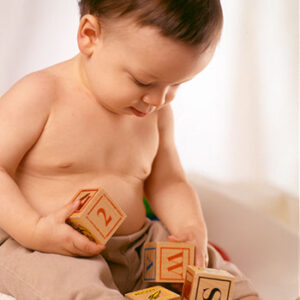
Lets Objects Go Voluntarily (8-11 Months)
As babies gain the skills to open and close their fingers, they often delight in dropping and throwing small objects. They
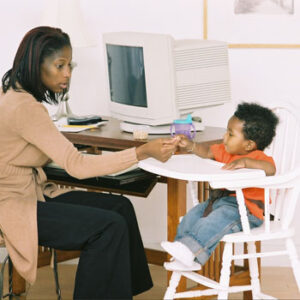
Uses Pincer Grasp (8-11 Months)
At 8 months, most babies have not acquired the hand and finger skills to use the pincer grasp, instead clumsily
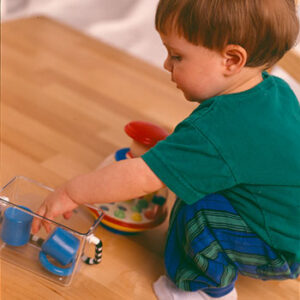
Places Objects Into and Out of Containers (8-12 Months)
As they approach 12 months, babies use their improved coordination to thoroughly investigate the objects they encounter, picking them up,
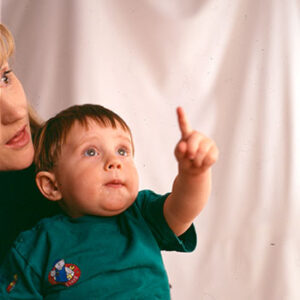
Capable of Poking with Index Finger (8-13 Months)
Most babies around 12 months use their improved coordination to thoroughly investigate the objects they encounter, picking them up, banging
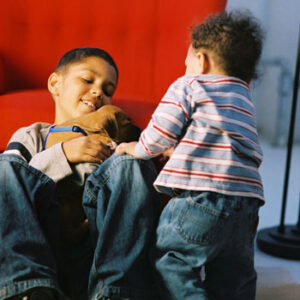
Walks Holding onto Furniture (9-11 Months)
Although crawling gives babies a new perspective on the world around them, they observe people walking and strive to do
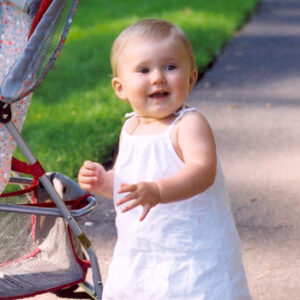
Stands Alone Easily (10-12 Months)
Babies will learn to stand momentarily without support until they have enough confidence to stand for longer periods and eventually
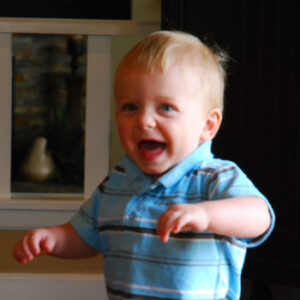
Begins Walking Alone (10-13 Months)
At first, a baby may walk with his feet wide apart to help with balance. As he becomes more confident,
Physical: Overview (12-24 Months)
In their second year, children’s sensory abilities reach full maturity, and their first wobbly steps progress to efficient walking, standing
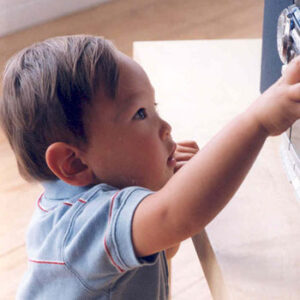
Uses Thumb and Forefinger to Explore Objects and Turn Knobs and Dials, etc. (12-20 Months)
Toward the end of the first year, babies become more skilled at using their thumbs and forefingers to investigate objects.
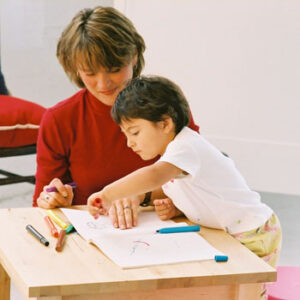
Capable of Copying Simple Horizontal and Vertical Lines and Building Towers (14-24 Months)
By the end of the second year, children are gaining more and more control over simple movements and integrating these
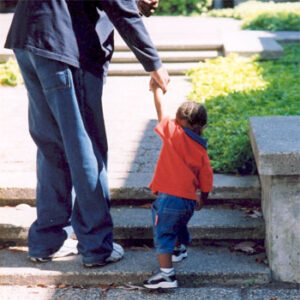
Can Walk Up and Down Stairs Holding On to Support (15-24 Months)
Approximately 6 months after their first steps, most toddlers adopt a much more mature walking style, keeping their feet closer
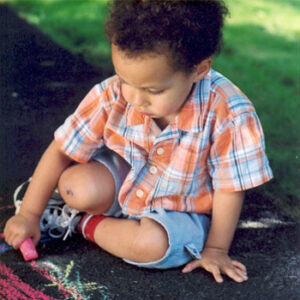
Can Scribble with a Crayon (16-20 Months)
Throughout their second year, children become more skilled with their hands. This includes being able to hold crayons and scribble
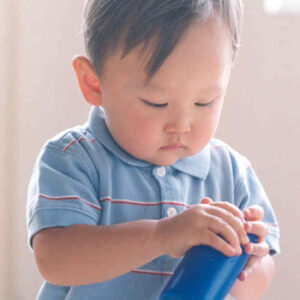
Can Turn Over Containers to Pour Out Contents (16-24 Months)
Although it’s easy to see improvements in large motor skills, one-year-olds also improve their ability to use their hands and
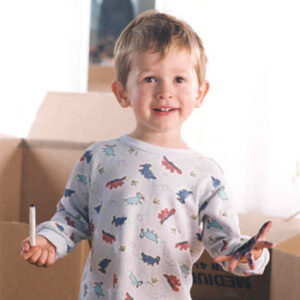
May Begin to Show Hand Preference but May Not Fully Decide for Several More Years (17-33 Months)
Most infants show no clear hand preference (left- or right-handedness) for years. Instead, many seem to alternate between favoring the
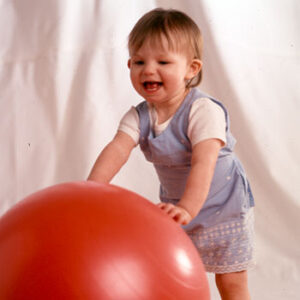
Masters the Skill of Unassisted Walking (18-24 Months)
Most babies start walking unassisted sometime between 12 and 18 months; mastering this skill is the major physical milestone of
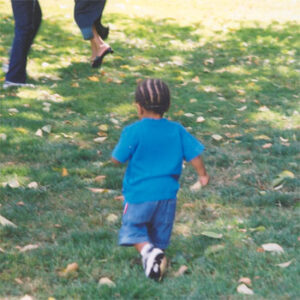
Begins to Run (20-24 Months)
Approximately 6 months after their first steps, toddlers develop a more mature walking style. They keep their feet closer together
Physical: Overview (2-3 Years)
By age 3, children can execute complex movements like unscrewing lids, turning pages one at a time, and copying vertical,
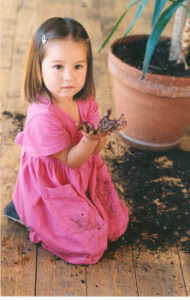
A Good Helper (2-3 Years)
Will wonders never cease? There is no magic moment when children become more likely to follow directions. But at around
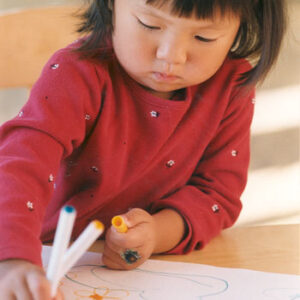
Can Make Vertical, Horizontal, and Circular Strokes with Pen or Crayon (2-3 Years)
During the second year of life, toddlers rapidly develop hand and finger skills. Drawing is a major accomplishment during this period,
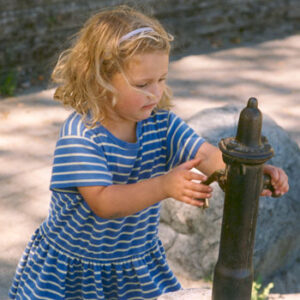
Capable of Turning Rotating Handles, such as Doorknobs (26-37 Months)
Toddlers rapidly develop hand and finger skills during their second year of life. They can now manipulate small objects with
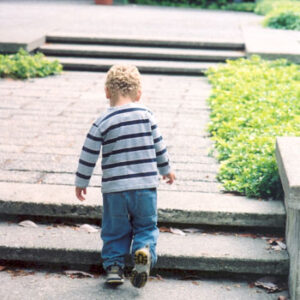
Capable of Walking Up and Down Stairs, Alternating Feet (27-36 Months)
During their third year, children are in constant motion–running, kicking, climbing, and jumping. They accomplish several major motor milestones during
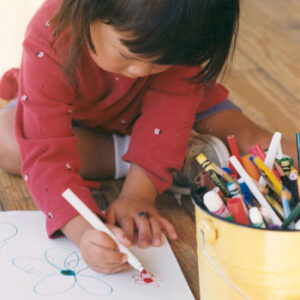
Capable of Holding a Pencil in Writing Position (28-38 Months)
During the second year of life, toddlers rapidly develop hand and finger skills. Drawing is a major accomplishment during this
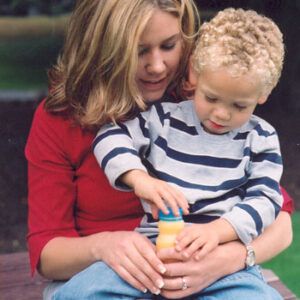
Can Screw and Unscrew Jars and Lids (29-36 Months)
Toddlers rapidly develop hand and finger skills during their second year of life. They can now manipulate small objects with ease,
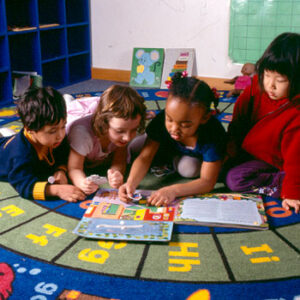
Capable of Turning Pages One at a Time (29-37 Months)
Toddlers rapidly develop hand and finger skills during their second year of life. They can now manipulate small objects with ease,
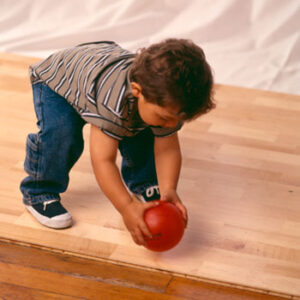
Bends Over Easily without Falling (30-36 Months)
Two-year-olds have adopted the heel-to-toe adult walking style instead of the characteristically stiff, spread-legged gait of young toddlers. Their growing coordination
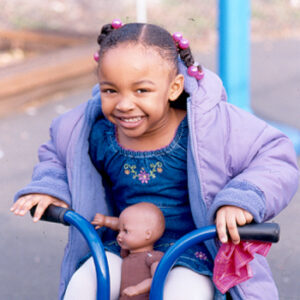
Capable of Pedaling a Tricycle (30-36 Months)
Children this age are generally very active, but this activity level will strengthen their body and help develop coordination. References
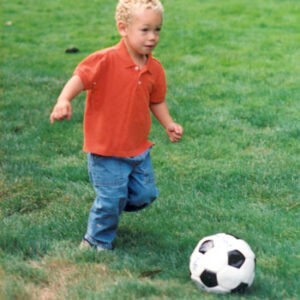
Runs Easily (32-39 Months)
During their third year, children are in constant motion–running, kicking, climbing, and jumping. They accomplish several major motor milestones during this
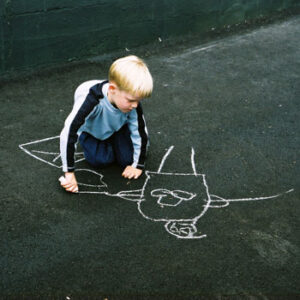
Physical: Overview (3-5 Years)
Children continue to develop their fine motor skills between years 3 and 5. Most learn to draw shapes and people,
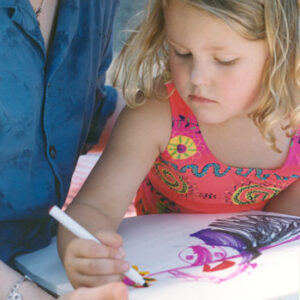
Becomes Primarily Left-Handed or Right-Handed (38-48 Months)
Most infants show no clear hand preference (left- or right-handedness) in their early years. Instead, many seem to alternate between
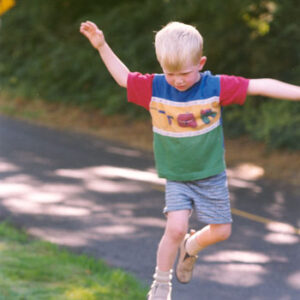
Capable of Standing on One Foot for Up to Five Seconds (39-47 Months)
By age 3, preschoolers have developed large motor skills enough to participate in organized games and some sports. They are now
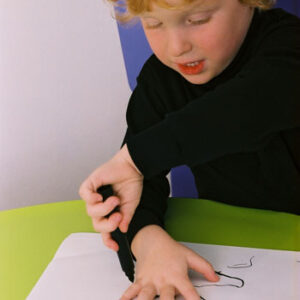
Capable of Using Scissors with Some Dexterity (40-48 Months)
Children develop muscular control and concentration to master some precise hand and finger movements during their fourth year of life.

Goes Up and Down Stairs without Support (40-48 Months)
By age 3, preschoolers have developed the large motor skills to control and direct many of their movements. Many are
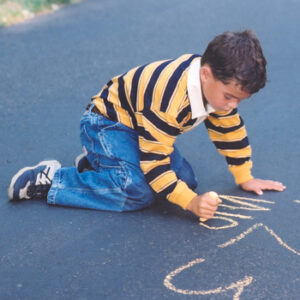
May Begin to Copy Some Capital Letters (41-48 Months)
At this age, children are developing both muscle control and concentration that will help them master more challenging finger and
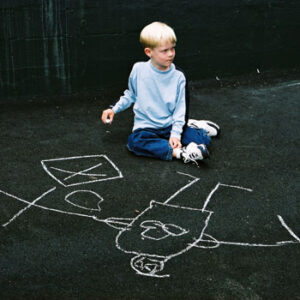
Draws a Person with Two to Four Body Parts (41-50 Months)
Children develop muscular control and concentration to master some precise hand and finger movements during their fourth year of life. Most
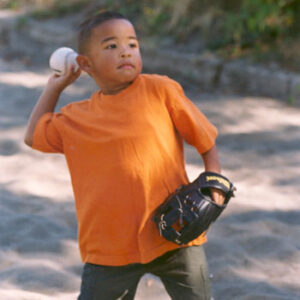
Can Throw a Ball Overhand (42-49 Months)
By age 3, preschoolers have developed large motor skills enough to participate in organized games and some sports. Many are
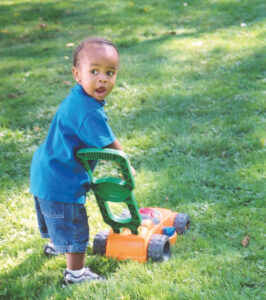
Can Move Forward and Backward with Ease (42-51 Months)
By age 3, preschoolers have well-developed large motor skills. When learning to walk, most toddlers have difficulty moving backward. At
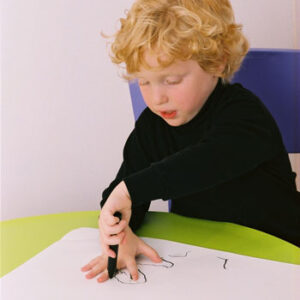
Copies Triangles, Squares, and Other Geometric Patterns (49-60 Months)
During their fifth year of life, preschoolers’ coordination and ability to use their hands is almost fully developed, and they
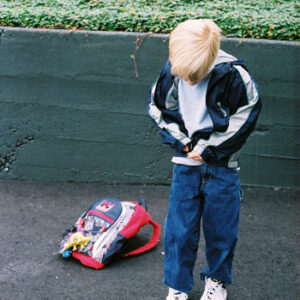
Capable of Dressing and Undressing without Assistance (50-60 Months)
During their fifth year of life, preschoolers’ coordination and ability to use their hands is almost fully developed, and they
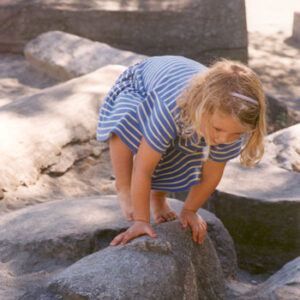
Hops, Somersaults, Swings, and Climbs (51-59 Months)
Four-year-olds have the coordination and balance of adults and demonstrate their skills by descending stairs without the handrail, standing on
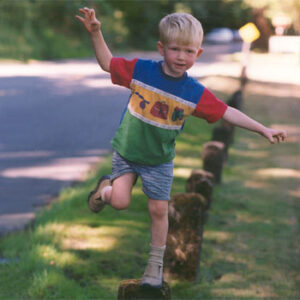
Stands on One Foot for Ten Seconds or Longer (52-58 Months)
Four-year-olds have the coordination and balance of adults and can stand on one foot for ten seconds or longer. They
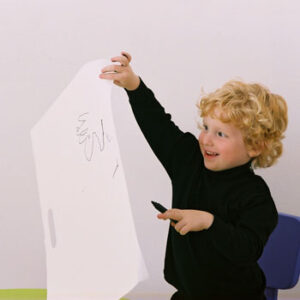
Draws a Person with Body, Some Details (53-57 Months)
During their fifth year of life, preschoolers’ coordination and ability to use their hands is almost fully developed, and they
